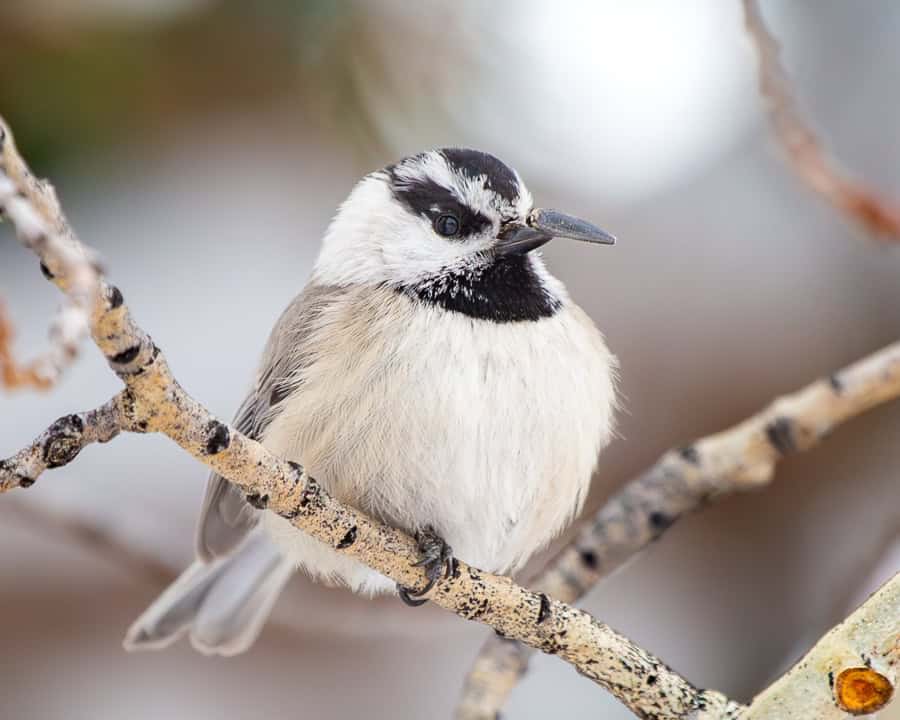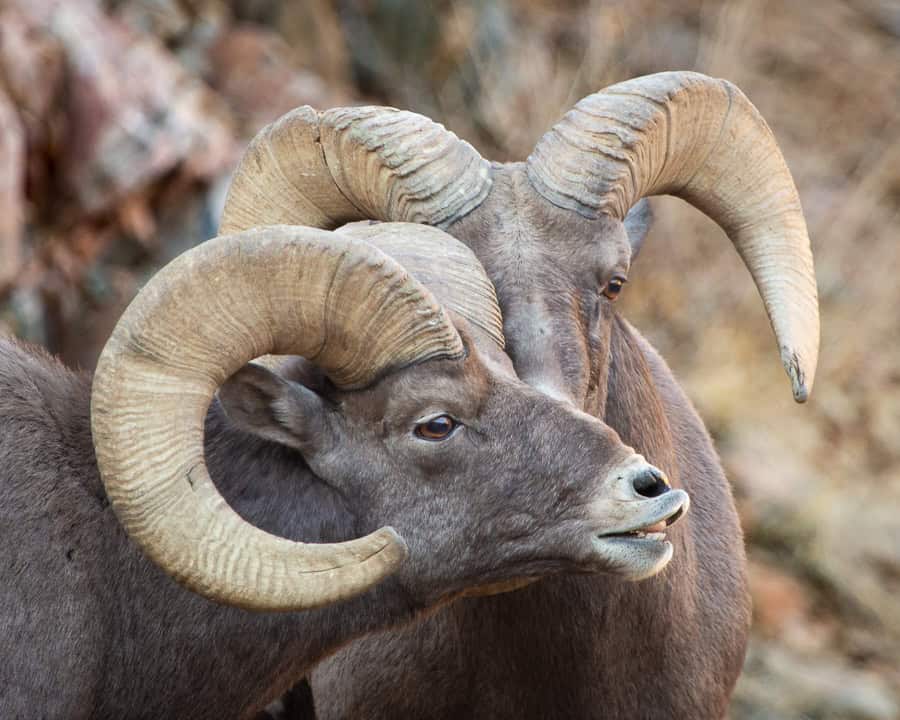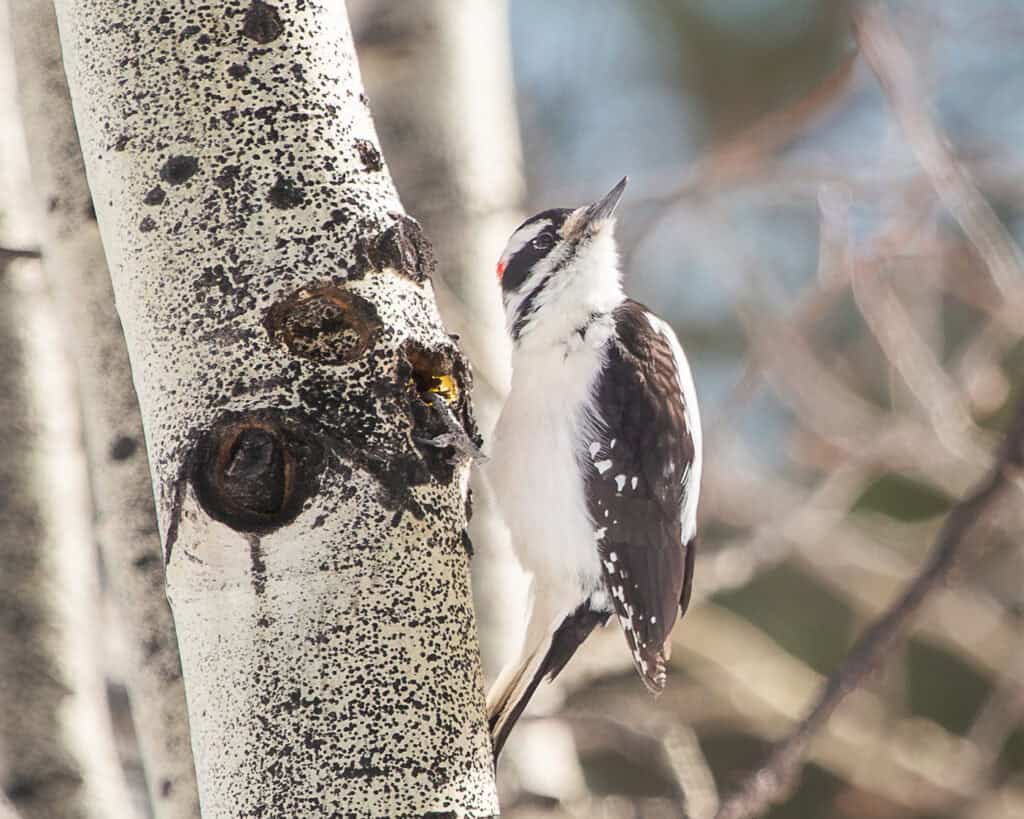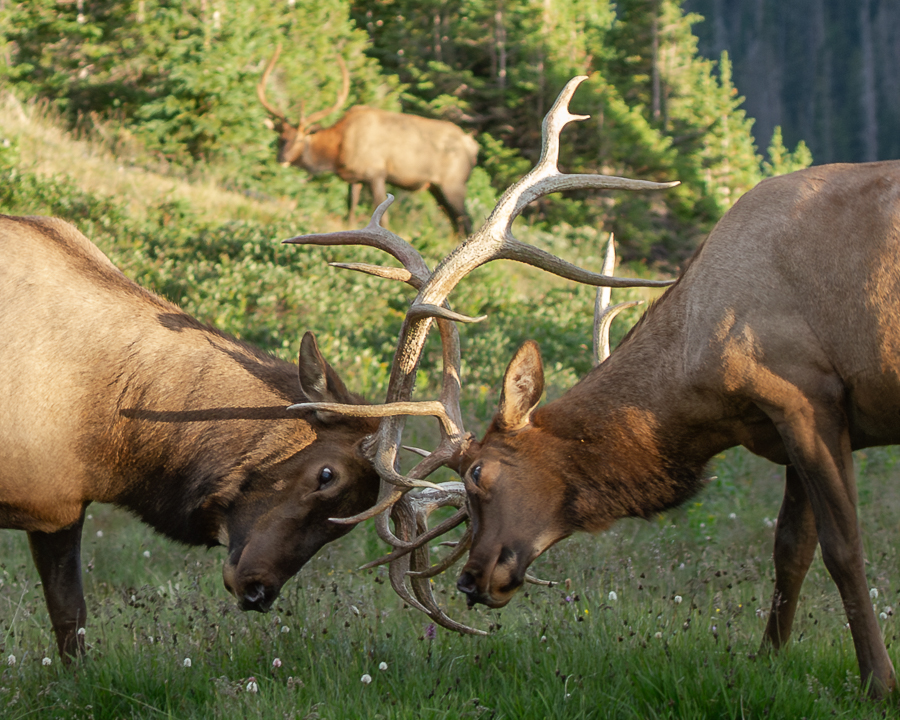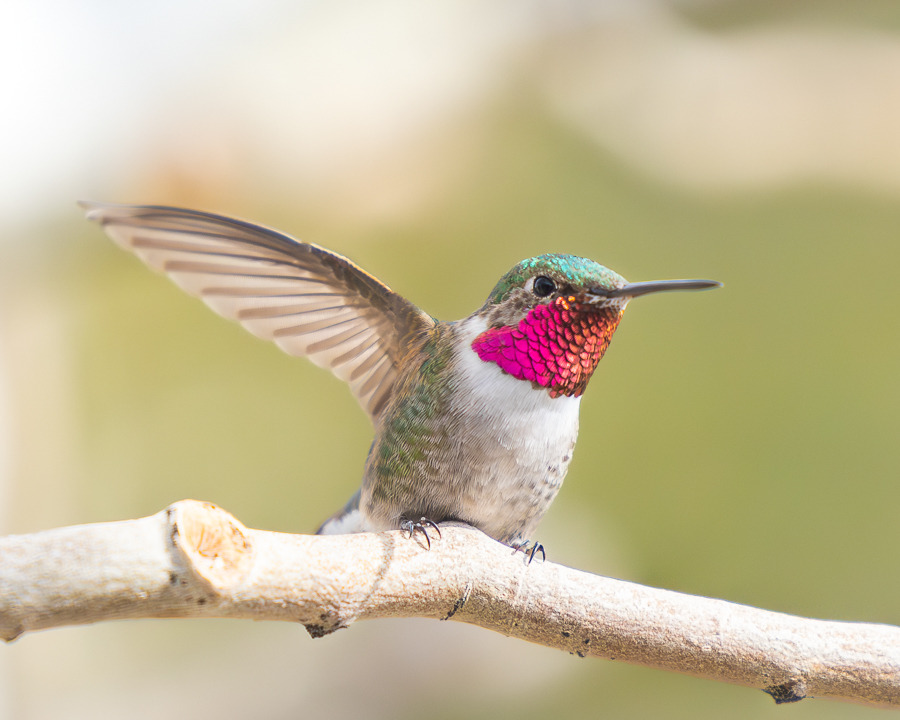Spring has sprung, and the signs are becoming more and more apparent by the day! First blooms are being spotted, bluebirds have been seen flitting about the meadows, and the daylight hours are getting longer! Yet another sign of the changing of the season is seen among some of our wild ungulates in the way of most all male members of the deer family having already lost last year’s antlers, and the 2024 set either already on its way in or will be soon.
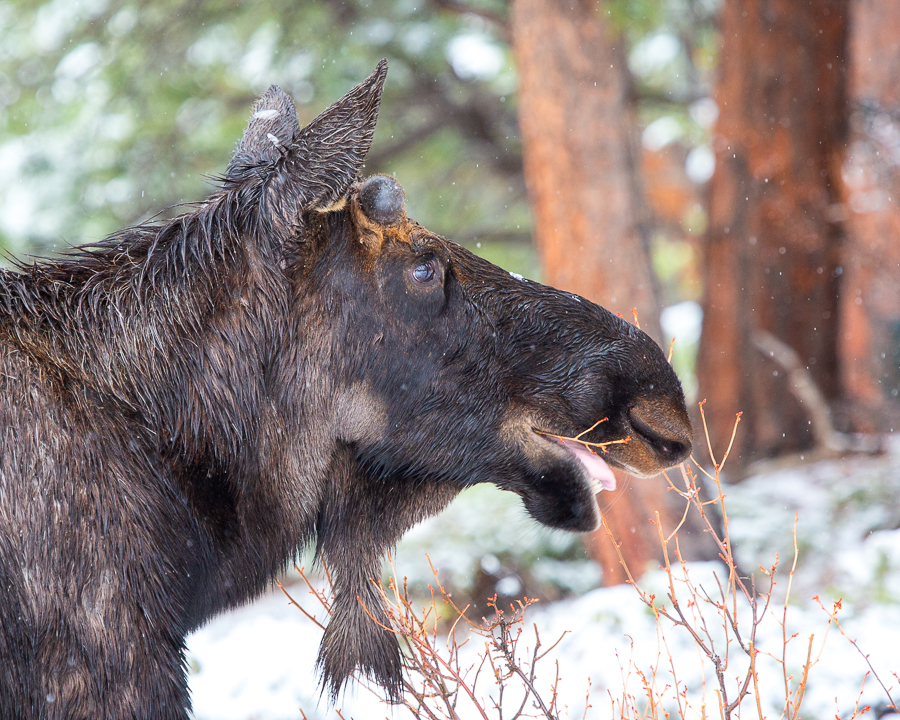
Antlers are a type of bone (the fastest growing tissue in the natural world), starting as a porous structure encased in a sort of shell we know as velvet. They grow from a sort of socket known as a pedicle. Not as noticeable in this week’s image, as this bull’s new “nubs” have already begun to grow, but when the antlers fall off, they leave a sort of cratered “hole” from which the new grow out of (similar to the socket from which a tooth emerges from), typically within a few weeks to a month of the loss of last years.
While the growing daylight hours and the new antlers might be considered “coincidental” in their simultaneous growth, it is the seasonal gaining of sunlight that triggers the growth of the new. Changing sunlight controls the entire process, from new growth in the spring, to growth cessation in the fall, and ultimately the loss of the antlers all together via a process known as photoperiodism.
Antler growth and cessation thereof is a complex process but is ultimately controlled by hormones. These hormones naturally increase and decrease in the body triggered by available sunlight in a day. As daylight increases in the spring, there is a spike in testosterone and a decrease in melatonin. This allows for the trigger of the antler growth to begin. As summer wanes there is another hormonal spike of testosterone and calcitonin which causes the cessation of growth of the more porous bone, and a simultaneous hardening of the tissue along with the loss of the protective outer velvet, revealing the “weapons of war” utilized during the rut.
As the rut ends and daylight begins to dwindle, testosterone levels diminish greatly, and as winter sets in and available sunlight decreases to its minimum, this triggers an increase in melatonin, which ultimately sets off the beginning of the process of losing the antlers all together. The loss tends to take place towards the end of winter or early spring, varying between species. With actual levels being different from animal to animal, each step of the annual cycle can be observed in a given species (as moose, deer and elk vary slightly in their respective timing) over the course of a month or so.
As mentioned above, this handsome bull was sporting a fresh pair of spring “nubbins” to accompany his incoming summer coat. Between slight malnutrition from the winter diet, winter tick infestations causing a whitening of the coat (typically only found with moose, as deer and elk do not seem to be affected), the seasonal coat change itself, and the new nubs, moose can tend to look a bit on the goofy side for a month or so after they emerge from their winter hideaways. This is not to say they are unique in that sense, as both deer and elk also tend to have their own “bedraggled” appearance as the coats undergo their seasonal transitions. Altogether, the entire deer family tends to appear as though enduring a massive case of rudely awakened “Monday morning bed head”, very much in need of a strong cup of coffee (or 3) before getting all dressed up and primped for the finer, longer days of summers glory.
Originally published in The Mountain-Ear

